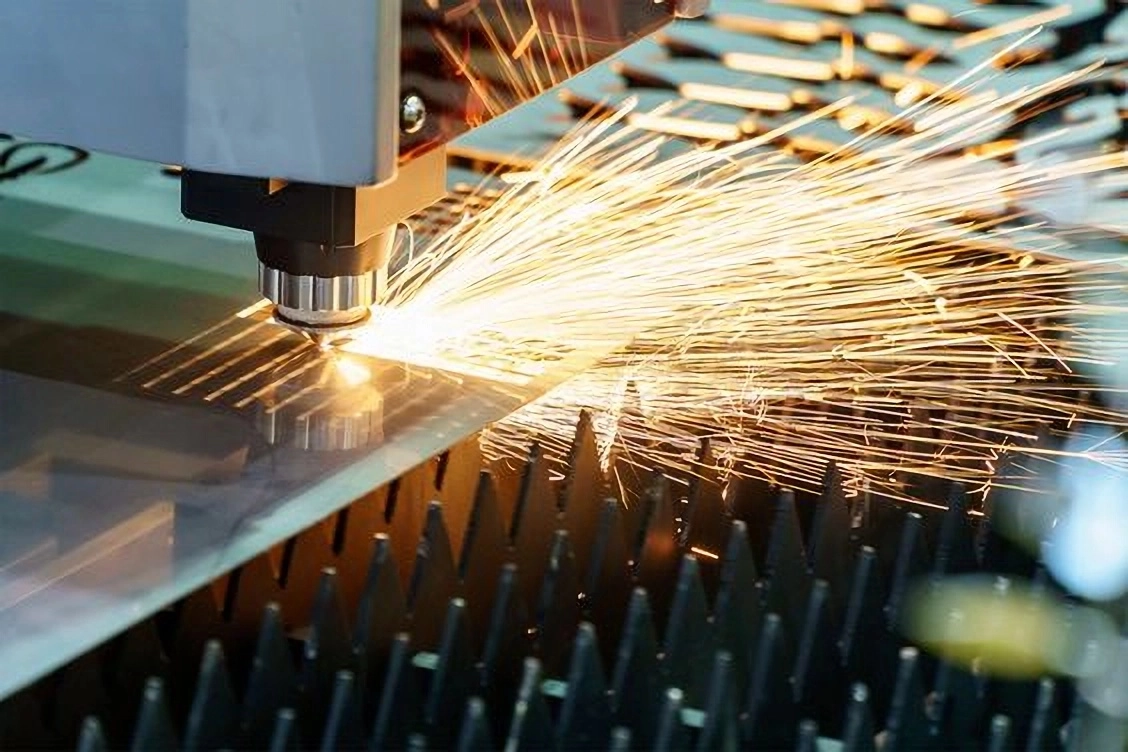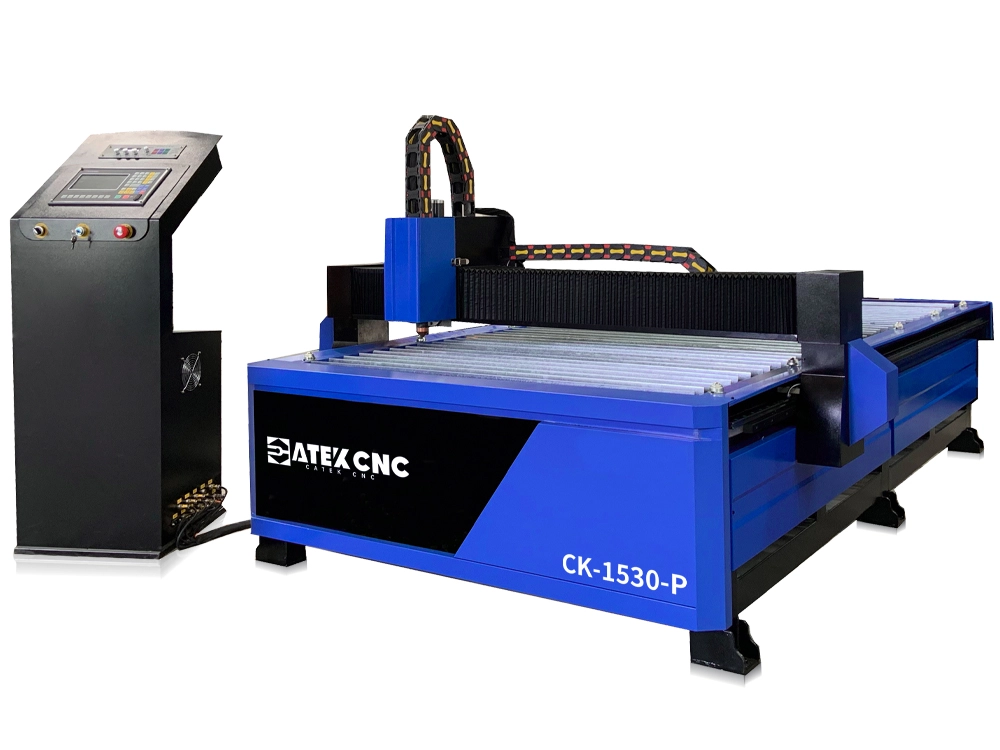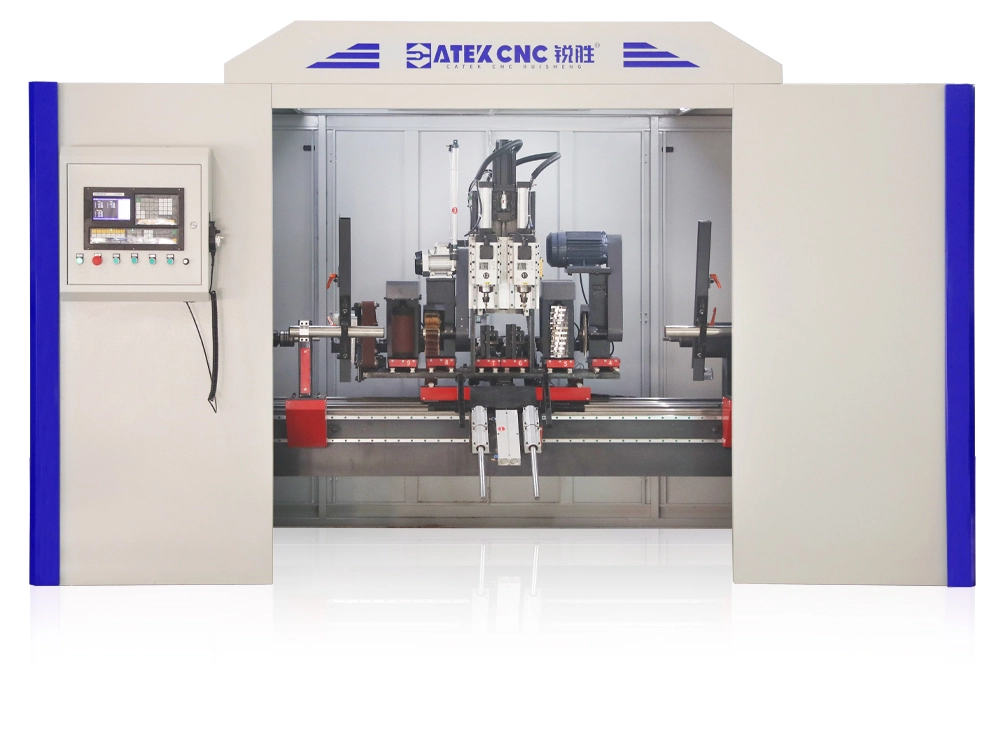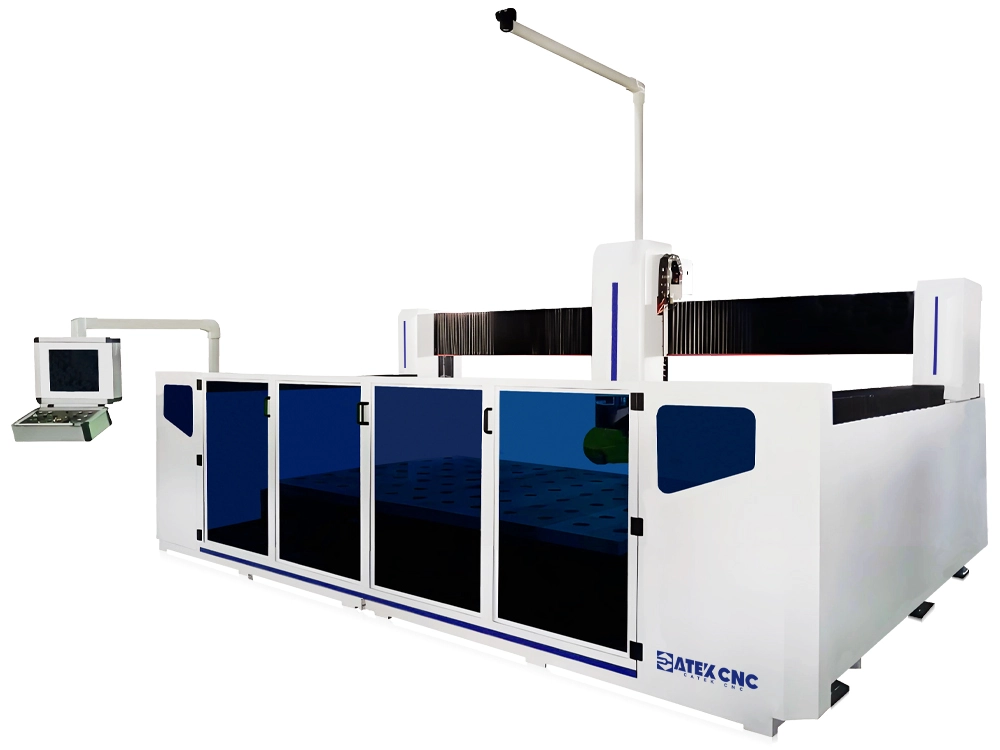What Are the Factors Affecting Fiber Laser Cutting?
What Are the Factors Affecting Fiber Laser Cutting?
- Oct 30, 2024

There are numerous factors affecting the cutting speed of fiber laser cutting machines, which can be primarily categorized into laser parameters, characteristics of the processed material, cutting process parameters, and machine performance.
- Laser Parameters
The cutting principle of fiber laser cutting machines involves using high-energy laser beams to melt and cut materials. Therefore, laser parameters are the most direct factors influencing cutting speed.
Laser power: For the same material and with other laser parameters held constant, higher power results in more energy input into the workpiece per unit time, accelerating the melting/vaporization of the material and thereby increasing the cutting speed.
Beam quality: Typically measured by the BPP value. A lower BPP value indicates stronger beam focusing capability, a smaller spot size, higher energy density, a smaller heat-affected zone, and better cutting speed and precision.
- Characteristics of the Processed Material
Material type: Different materials exhibit entirely distinct physical properties, such as absorption rate, melting point, thermal conductivity, and vaporization temperature, for laser light of specific wavelengths.
Absorption rate: The wavelength of laser light emitted by fiber laser cutting machines is 1064 nm. Metallic materials, especially steel and titanium, have high absorption rates for laser light at this wavelength. However, highly reflective materials like copper and aluminum have relatively lower absorption rates, requiring higher power or special techniques (e.g., wobble cutting) to overcome initial reflection. The machine also requires certain anti-reflection measures.
Thermophysical properties:
Aluminum has good thermal conductivity, causing heat to dissipate easily. Thus, higher energy density is required to sustain cutting. Stainless steel has poorer thermal conductivity, allowing heat to concentrate more easily, making it relatively easier to cut.
Material thickness: This is one of the most critical factors. As thickness increases, the cutting speed decreases sharply. This is because more time is needed to melt and remove material across the entire thickness, and a wider kerf is required to allow auxiliary gas to expel molten slag.
Material surface condition: Rust, oil, paint, or rough surfaces can alter the laser absorption rate, thereby affecting cutting speed and the uniformity of the cut surface.
- Cutting Process Parameters
Assist gas:
- Gas type: Oxygen (combustion-supporting, exothermic reaction, suitable for carbon steel), nitrogen (inert, blows away molten material, prevents oxidation, suitable for stainless steel and aluminum), air (low cost, used for non-metallic materials or thin sheets).
- Gas pressure: Insufficient pressure cannot effectively remove molten slag, leading to dross and backside burning. Excessive pressure may create vortices on the cutting surface, cooling the cut and reducing cutting efficiency and quality.
Focal position: The position of the focus—above, below, or exactly on the workpiece surface—alters the spot size and energy distribution, directly affecting kerf width, surface roughness, and cutting speed. For thick plates, the focus is typically set at a certain depth within the workpiece to achieve better energy distribution.
- Nozzle type and height: The nozzle’s aperture and distance from the workpiece influence the shape and stability of the gas flow field, thereby affecting the efficiency of slag removal.
- Machine Tool Performance
Dynamic performance of the motion system: Even if the laser can cut at high speeds, insufficient acceleration of the machine tool will limit the actual speed when processing complex patterns (especially those with many small circles and sharp corners), as the axes require frequent acceleration and deceleration.
The Relationship Between Laser Power and the Material Being Cut
| 1500W | 2000W | 3000W | 6000W | 8000W | 10000W | 12000W | 15000W | 20000W | |
|---|---|---|---|---|---|---|---|---|---|
| Carbon Steel(Q235B) | 16mm | 20mm | 25mm | 30mm | 30mm | 40mm | 45mm | 50mm | 60mm |
| Stainless Steel(US304) | 8mm | 10mm | 12mm | 20mm | 25mm | 40mm | 45mm | 50mm | 60mm |
| Aluminum(6061) | 5mm | 6mm | 8mm | 16mm | 30mm | 35mm | 40mm | 50mm | 65mm |
| Brass | 4mm | 6mm | 8mm | 16mm | 18mm | 20mm | 25mm | 30mm | 35mm |
The Relationship Between Laser Power and Cuttable Thickness
The following is a rough reference for cutting speed ranges (unit: m/min) of carbon steel (using oxygen) under common conditions:
| Material Thickness | 1000W | 3000W | 6000W | 12000W |
|---|---|---|---|---|
| 1mm | 10-15 | 18-25 | 15-35 | 35-50 |
| 3mm | 4-6 | 8-12 | 12-18 | 20-28 |
| 6mm | 1.5-2.5 | 3.5-5 | 5.5-8 | 9-13 |
| 10mm | - | 1.5-2.5 | 2.5-4 | 5-7 |
| 20mm | - | - | 0.6-1.0 | 1.5-2.5 |
How to Improve the Cutting Speed of Fiber Laser Cutting Machines?
Under the premise of ensuring cutting quality, the following suggestions can help you increase the cutting speed of fiber laser cutting machines.
- Equipment
Upgrade the laser.
- ncrease the laser power. This is the most direct method.
- Optimize beam quality. Choose a laser with a lower BPP value. Many factors affect the BPP value of a laser, but among commercially available lasers, the beam mode has the most direct impact on the BPP value. Currently, laser beam modes are divided into single-mode lasers and multi-mode lasers. Single-mode lasers propagate in the resonator in only one mode (usually the fundamental mode, i.e., TEM₀₀ mode), with M²≈1, close to an ideal Gaussian beam, and an extremely small spot diameter (close to the diffraction limit). They are well-suited for thin sheet cutting, but the continuous power of single-mode lasers is typically low. Early single-mode lasers usually had a power below 1 kW. However, with the advent of single-mode beam combining technology, it is now possible to couple the energy of multiple single-mode laser modules into a single transmission fiber through a beam combiner, achieving kilowatt-level or even ten-kilowatt-level high-power single-mode laser output, combining both high power and high quality. Multi-mode lasers propagate in the resonator in multiple modes (including the fundamental mode and higher-order modes) simultaneously. Their characteristic is that they can easily achieve very high power, but their BPP value increases linearly with power, and their beam quality is far inferior to that of single-mode lasers. They are mainly used for thick plate cutting, where the extremely high laser power can quickly melt metal, and the wider kerf facilitates the expulsion of slag.
Selection of other components.
- Use more advanced nozzles. Double-layer nozzles with spoiler designs can produce more stable and concentrated airflow, more effectively blowing away slag and allowing higher cutting speeds, especially when cutting stainless steel with high-pressure nitrogen.
- Ensure lenses are clean and undamaged. Contaminated lenses can significantly reduce laser power transmission efficiency. Regular cleaning and inspection of the focus lens and protective lens are basic requirements for maintaining baseline cutting speed.
- Auto-focus function. The auto-focus function ensures the focal point remains in the optimal position when cutting different materials and thicknesses.
- Ensure the machine tool has excellent speed and acceleration. Unlike traditional CNC wood router machines, the transmission system of fiber laser cutting machines generally adopts a lightweight design (e.g., lightweight aluminum alloy gantries). Since it is a non-contact processing method, it does not require extremely high torsional stiffness. The lightweight design enables the machine to achieve very high movement speeds and acceleration.
- Process
- Cutting parameter optimization. It is recommended to establish a cutting parameter table based on actual processing experience to guide the processing. If using the machine for the first time, it is advisable to follow the cutting parameter table provided by the manufacturer and conduct cutting tests on scrap material. By adjusting parameters such as speed, gas pressure, and focal point, observe the quality of the cut surface and whether there is any slag adhesion to find the optimal cutting speed under current conditions and establish a revised cutting parameter table.
- Focal point adjustment. For thin sheets, the focal point is usually on the surface or slightly below to achieve high-speed piercing and cutting. For thick plates, the focal point needs to be deep inside the material to form a sufficient energy gradient, which facilitates slag expulsion. Finding the optimal focal point position for each material/thickness is a necessary step for increasing speed.
Gas selection and pressure optimization. The appropriate auxiliary gas and pressure should be selected based on actual processing needs. Below are some common auxiliary gases and pressures:
Gas Type Core Function Applicable Materials Cutting Surface Characteristics Operating Cost Pressure Requirements Air Partial oxidation, cooling, flushing Non-metallic, thin aluminum/carbon steel Light yellow, slight oxidation Very low Medium (5-16 Bar) Oxygen (O₂) Combustion support, exothermic, flushing Carbon steel Gray, rough, with oxide layer Medium Medium-low (0.5-8 Bar) Nitrogen (N₂) Oxygen isolation, high-pressure flushing Stainless steel, aluminum, brass Silver-white, smooth, oxide-free High High (10-25 Bar) Argon (Ar) Ultimate protection, prevents reaction Titanium alloys and other reactive metals Metallic color, high quality Very high Medium pressure - Cutting path optimization. Optimize the cutting path as much as possible through path programming to minimize idle movement. Flexibly adopt common-edge cutting. When the spacing between parts is very small, their kerfs can be merged into a common edge, significantly reducing the total cutting length and thereby greatly improving efficiency.
RELATED MODELS
We recommend some related models for you...




